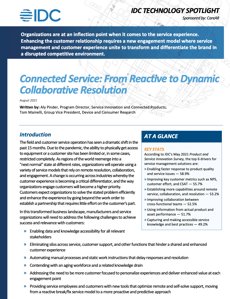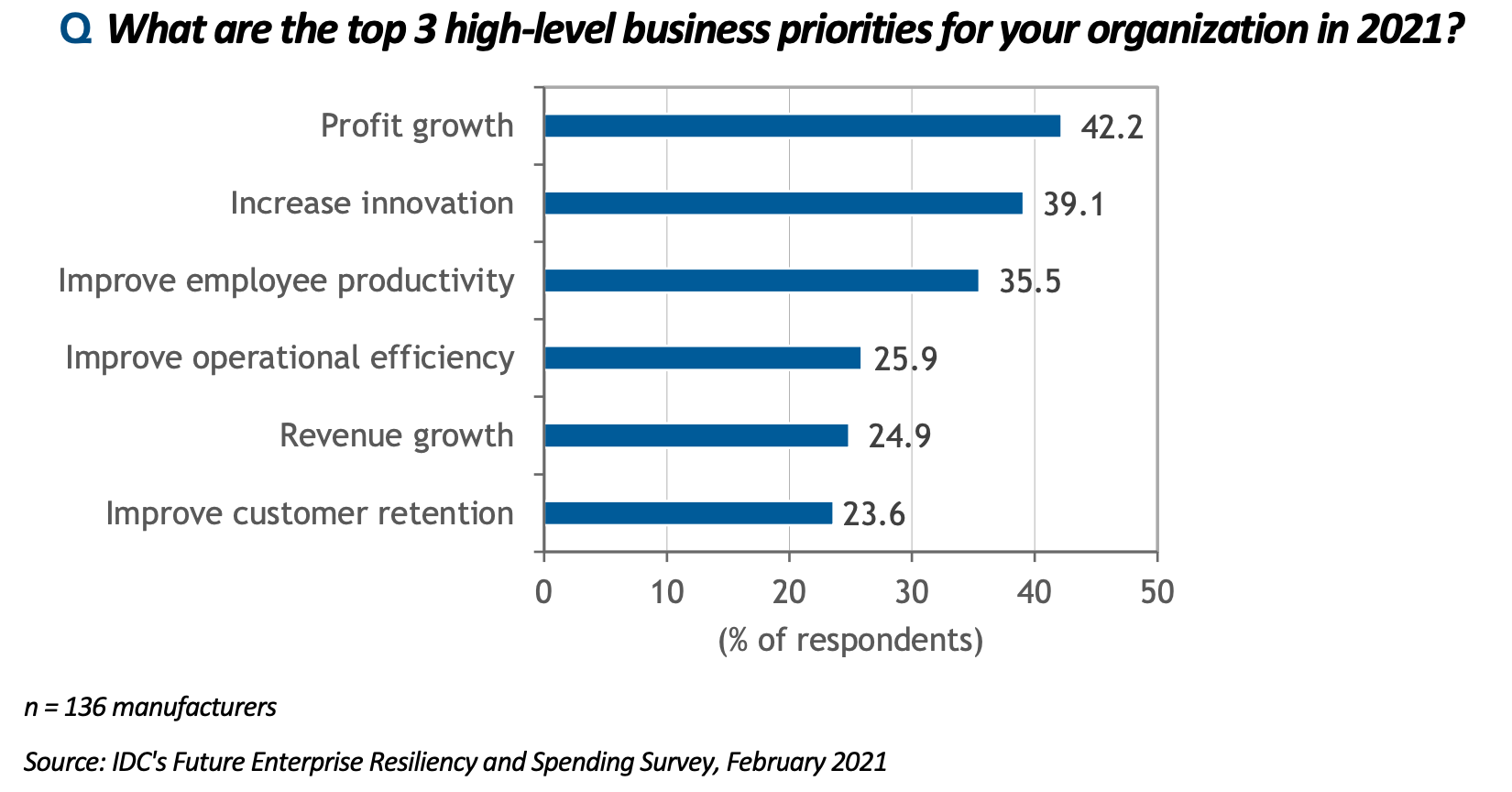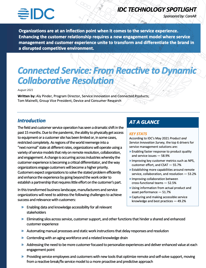Digital Services and New Digital-First Customer Experiences
Feb 11, 2022 • Features • White Paper • Digital Transformation • Data Management • customer experience • CareAR

This feature is just one short excerpt from a recent white paper published by CareAR.
www.fieldservicenews.com subscribers can read the full white paper now by hitting the button below.
If you are yet to subscribe you can do so for free by hitting the button and registering for our complimentary subscription tier FSN Standard on a dedicated page that provides you instant access to this white paper PLUS you will also be able to access our monthly selection of premium resources as soo as you are registered.

Data usage note: By accessing this content you consent to the contact details submitted when you registered as a subscriber to fieldservicenews.com to be shared with the listed sponsor of this premium content CareAR who may contact you for legitimate business reasons to discuss the content of this white paper, as per the terms and conditions of your subscription agreement which you opted into in line with GDPR regulations and is an ongoing condition of subscription.

As manufacturers and service organizations shift their business and customer engagement models, they must address a few areas to truly bring together the service experience and the customer experience:
-
Establish the knowledge capabilities to address reactive, proactive, and self-service needs. No one model will be in place in all situations, and organizations will need to be nimble to adjust to the need efficiently.
-
Deliver support and resolution for both simple and complex work with a diverse workforce with various degrees of expertise. Customers want a resolution to ensure that their operation or experience is not negatively impacted by downtime. To provide this level of service, organizations need to solve problems of varying complexity. What has changed is this level of response needs to happen on the first visit because extended downtime due to a lack of expertise to solve a problem is unacceptable.
-
Harness the convergence of the customer experience with the service and support experiences, strengthening the partnership with customers. Data must flow across the organization, and manufacturers are beginning to understand they need to make data accessible across functional teams to offer an integrated customer experience. Customer centricity has shifted the focus of manufacturers to prioritize the needs of the customer and the service employee, providing them with the visibility to go beyond standard engagements to deliver "wow" experiences. Meeting service-level agreements (SLAs) is table stakes; organizations need to go beyond the standard contract to connect the service experience with other activities such as sales, marketing, and product improvements.
-
Leverage innovative technologies such as augmented reality (AR) to drive innovation and an enhanced customer experience. The pandemic helped drive a rapid shift where AR moved from being a cool future technology to a technology that's delivering tangible value around remote service, remote collaboration between a service worker and a customer, and self-service experiences with technical support. Nearly three-fourths (72.2%) of manufacturers in IDC's May 2021 Product and Service Innovation Survey pointed to AR as important or very important to their current efforts around service innovation.
AR technology has evolved dramatically over the past few years. The pandemic drove a big part of that evolution, as companies adapted to an ever-evolving set of circumstances on the ground. In a 2021 survey of AR adopters, IDC found that the top 3 benefits the technology brought to their businesses were increased worker efficiency, improved real-time collaboration, and improved knowledge transfer between expert and novice workers.
Another driving force behind the current uptick in AR adoption is that an increasing number of companies are finding ways to integrate AR capabilities into their existing workflows and back-end systems. Any organization looking at new technologies to become more dynamic and less reactive must consider the impact on its current processes to leverage existing systems and partners to drive improvements without creating disruption.
Field Service News subscribers can access the full white paper sponsored by CareAR and written by Ali Pinder, Program Director, Service Innovation and Connected Products at IDC, and Tom Mainelli, IDC's Group Vice President, Device and Consumer Research, by clicking on the button below.

This feature is just one short excerpt from a recent white paper we published in partnership with Exel Computer Systems..
www.fieldservicenews.com subscribers can read the full white paper now by hitting the button below.
If you are yet to subscribe you can do so for free by hitting the button and registering for our complimentary subscription tier FSN Standard on a dedicated page that provides you instant access to this white paper PLUS you will also be able to access our monthly selection of premium resources as soo as you are registered.
 Data usage note: By accessing this content you consent to the contact details submitted when you registered as a subscriber to fieldservicenews.com to be shared with the listed sponsor of this premium content CareAR who may contact you for legitimate business reasons to discuss the content of this white paper, as per the terms and conditions of your subscription agreement which you opted into in line with GDPR regulations and is an ongoing condition of subscription.
Data usage note: By accessing this content you consent to the contact details submitted when you registered as a subscriber to fieldservicenews.com to be shared with the listed sponsor of this premium content CareAR who may contact you for legitimate business reasons to discuss the content of this white paper, as per the terms and conditions of your subscription agreement which you opted into in line with GDPR regulations and is an ongoing condition of subscription.
Further Reading:
- Read more about Digital Transformation @ www.fieldservicenews.com/digital-transformation
- Read more about Customer Experience @ www.fieldservicenews.com/customer+experience
- Learn more about CareAR @ carear.com
- Follow CareAR on Twitter @ twitter.com/carear_com
- Connect with CareAR on LinkedIn @ www.linkedin.com/carear/





















 Field Service News is published by 1927 Media Ltd, an independent publisher whose sole focus is on the field service sector. As such our entire resources are focused on helping drive the field service sector forwards and aiming to best serve our industry through honest, incisive and innovative media coverage of the global field service sector.
Field Service News is published by 1927 Media Ltd, an independent publisher whose sole focus is on the field service sector. As such our entire resources are focused on helping drive the field service sector forwards and aiming to best serve our industry through honest, incisive and innovative media coverage of the global field service sector.
Leave a Reply